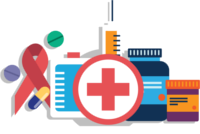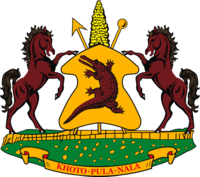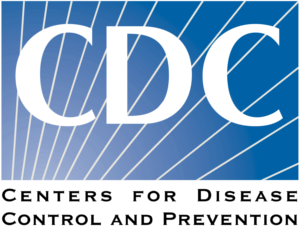NATIONAL TB REFERENCE LABORATORY
Lesotho is one of the fifteen countries with highest per capita case incidence 632/100, 00 (WHO Global Tuberculosis Report 2012). Although notifications remain high, trends in the past five years evidence noticeable steady stabilization with slight decline. A total of 11,971 patients were notified in 2012 compared to 13,520 recorded in 2009. The TB burden in Lesotho remains huge. Furthermore, TB notifications rates have remained above 400 per 100,000 population.
The commitment of the Government of Lesotho to eliminate TB as a public health problem has resulted in strengthening the NTP at both national and district levels following the 2004 and 2010 external reviews of the TB programmers, the efforts of the government of Lesotho have been enhanced through strong partnerships between Governments and partners.
Through the National TB Prevention Laboratory the epidemiological progress in elimination of TB as a public health problem depends on the proportion of the existing infectious cases detected and effectively treating the identified cases. It’s through these active case finding of infectious TB patients and treating them effectively to cure with quality assured TB medications. It is working very hard to diagnose TB and monitoring. It oversees if all laboratories are working as per the national guidelines.
It is at this point that the SATHSS support with HR and trainings and the maintenance of the infrastructure together with the laboratory equipment and procurement of the Reagents.
CHALLENGES
The main challenge before then was that the case detection was very low. The programme had a problem of staff shortage and insufficient capacity resulting to not meeting the turnout time. The reagents also were a problem. The supervision means to the peripheral sites was also a problem because of transport and other logistic.
INITIATIVES
In response to the above mention challenges trainings were conducted to capacitate the staff on audit trainings and mentorship. The refresher trainings also took place for microscopists to enable the TB diagnosis. Through the SATBHSS chipped in by hiring two expects consultants on mentorship and micro-biologist. Moreover a vehicle also was procured
KEY RESULTS AND OUTCOMES
The test menu to assist laboratory testing was increased. The detection rate to meet the targets had to increase and the turnaround time therefore was a better outcome. It is through the mentorship consultant assistance that the quality management system to attain aggregation. Micro-biologists also assist in technical work






